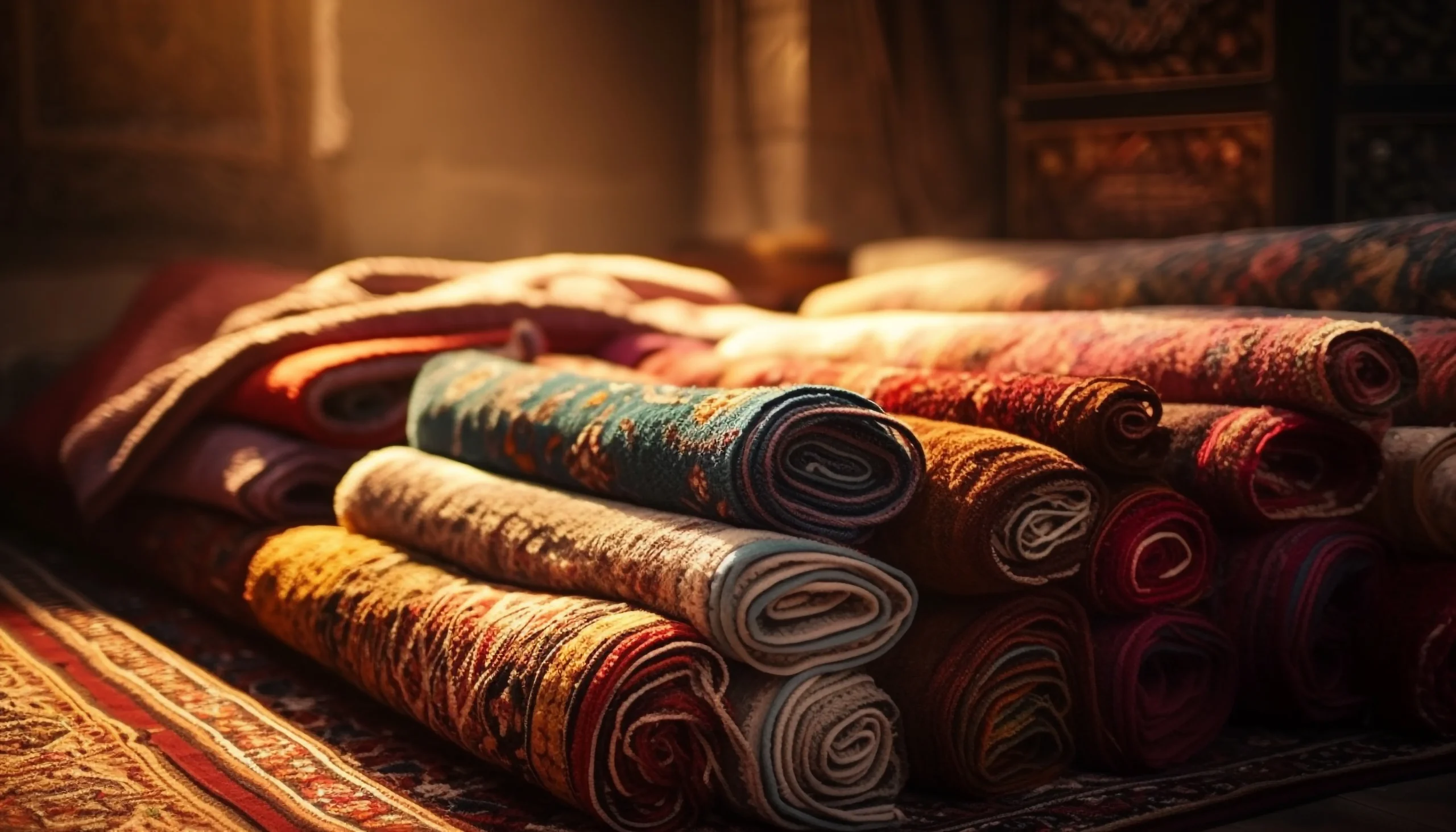
Carpetten: An In-Depth Guide to Its History, Types, and Benefits

Introduction
Carpetten has emerged as a distinctive and stylish flooring choice that bridges the gap between traditional craftsmanship and contemporary design. As homeowners and interior designers seek unique ways to enhance their spaces, Carpetten stands out with its intricate patterns, rich textures, and vibrant colors. In this comprehensive guide, we delve into the history of Carpetten, explore its various types, and discuss its many benefits, along with practical tips for selection and maintenance.
Understanding Carpetten: A Historical Perspective
Origins of Carpetten
Carpetten’s origins trace back to ancient times, where early forms of carpeting were handwoven using natural fibers like wool. These early carpets were valued for their intricate designs and the skill required to produce them. As civilizations advanced, so did carpet-making techniques, with influences from various cultures contributing to the rich tapestry of traditional Carpetten designs.
Evolution Through the Ages
Throughout history, Carpetten has evolved from simple woven rugs to sophisticated floor coverings that reflect both artistic and technological advancements. The introduction of synthetic fibers in the 20th century revolutionized the carpet industry, leading to the development of modern Carpetten options that offer enhanced durability and a wider range of styles.
Types of Carpetten
Traditional Carpetten
Traditional Carpetten is renowned for its craftsmanship and cultural significance. Handwoven using natural fibers such as wool or silk, these carpets feature complex patterns that often draw on historical and cultural symbols. Traditional Carpetten is not only a testament to historical weaving techniques but also a luxurious addition to any home.
- Materials: Typically made from high-quality wool, silk, or cotton.
- Patterns: Includes intricate floral, geometric, and historical motifs.
- Durability: Known for its longevity and ability to withstand heavy foot traffic.
Modern Carpetten
Modern Carpetten incorporates contemporary design elements and materials, offering a fresh take on traditional styles. These carpets use synthetic fibers like nylon or polyester, which provide durability, ease of maintenance, and a wide variety of colors and patterns.
- Materials: Made from synthetic fibers such as nylon, polyester, or blends.
- Patterns: Features sleek, minimalist designs or bold, contemporary patterns.
- Durability: Resistant to stains and wear, ideal for high-traffic areas.
Advantages of Carpetten
Aesthetic Appeal
Carpetten enhances the visual appeal of any room with its diverse range of designs and colors. Whether you prefer the classic elegance of traditional patterns or the sleek look of modern designs, Carpetten can complement various interior styles and make a statement in your home.
Insulation and Comfort
The plush texture of Carpetten provides excellent insulation, helping to keep rooms warm during colder months. It also offers a soft surface that adds comfort underfoot, making it an ideal choice for living rooms, bedrooms, and other areas where comfort is a priority.
Noise Control
Carpetten is effective at reducing noise levels within a room, absorbing sound and creating a quieter environment. This feature is particularly beneficial in households with children or pets and in rooms where a peaceful atmosphere is desired, such as home offices or libraries.
Durability and Longevity
High-quality Carpetten is built to last, with resistance to wear and tear that ensures it remains a valuable addition to your home for years. Regular maintenance and proper care can extend its lifespan and preserve its beauty.
Selecting the Right Carpetten
Room-Specific Considerations
When choosing Carpetten, consider the specific needs of each room. For high-traffic areas like hallways and living rooms, opt for Carpetten that can handle heavy use. For areas prone to moisture, such as bathrooms or basements, select Carpetten that is resistant to mold and mildew.
Material Selection
Your choice of Carpetten material should reflect your lifestyle and maintenance preferences. Natural fibers like wool offer luxury and durability but require more upkeep. Synthetic fibers, on the other hand, are easier to clean and more resistant to stains, making them suitable for busy households.
Eco-Friendly Options
For those concerned with environmental impact, several eco-friendly Carpetten options are available. Materials like bamboo, sisal, and recycled fibers offer sustainable alternatives to traditional carpets, reducing your ecological footprint while adding a unique aesthetic to your home.
Installation and Maintenance
Installation Process
Proper installation is crucial for the performance and longevity of Carpetten. Professional installation is recommended to ensure a perfect fit and to avoid issues like wrinkling or shifting. The installation process involves measuring the area, preparing the subfloor, and securing the Carpetten in place.
Maintenance Tips
Maintaining Carpetten involves regular vacuuming to remove dirt and debris, along with periodic deep cleaning to address stains and spills. Using appropriate cleaning products and techniques will help keep your Carpetten looking its best.
Cost Considerations
Cost Breakdown
The cost of Carpetten varies based on several factors, including material quality, size, and installation. High-quality traditional Carpetten can be more expensive due to the craftsmanship involved, while modern synthetic options may offer a more budget-friendly solution.
Budgeting Tips
When budgeting for Carpetten, consider not only the purchase price but also installation costs and long-term maintenance. Investing in high-quality Carpetten can provide better durability and aesthetic appeal, making it a worthwhile investment.

Comparing Carpetten with Other Flooring Options
Carpetten vs. Hardwood and Tile
Compared to hardwood and tile, Carpetten offers unique advantages such as superior comfort, warmth, and sound absorption. While hardwood and tile are durable and easy to clean, Carpetten provides a softer, more inviting surface and is often more affordable.
Carpetten vs. Laminate and Vinyl
Laminate and vinyl flooring can mimic the appearance of Carpetten but often lack the same level of comfort and insulation. Carpetten also offers more design variety and customization options, making it a versatile choice for diverse interior styles.
Debunking Common Myths
Maintenance and Hygiene
One common myth about Carpetten is that it is difficult to maintain and harbors allergens. In reality, with regular cleaning and proper care, Carpetten can be kept in excellent condition and is as hygienic as other flooring options.
Emerging Trends in Carpetten
Current Design Trends
Recent trends in Carpetten include bold patterns, vibrant colors, and innovative materials. Carpet tiles are gaining popularity for their flexibility and ease of installation, while sustainable materials are becoming more widely used.
Future Outlook
Looking ahead, Carpetten is expected to continue evolving with advancements in technology and design. The focus will likely be on combining aesthetics with functionality and sustainability.
Conclusion
Carpetten remains a timeless and versatile flooring choice that blends tradition with modernity. Its rich history, diverse types, and numerous benefits make it a valuable addition to any home. By understanding the different options available and considering your specific needs, you can make an informed decision that enhances the beauty and functionality of your living spaces.
FAQs About Carpetten
Is Carpetten easy to clean?
Yes, with regular vacuuming and occasional deep cleaning, Carpetten is easy to maintain.
Can Carpetten be used in high-traffic areas?
Absolutely. Choose a durable Carpetten with a low pile height and dense fibers for high-traffic areas.
Are there eco-friendly Carpetten options?
Yes, many eco-friendly Carpetten options are available, including those made from sustainable materials like bamboo and recycled fibers.













